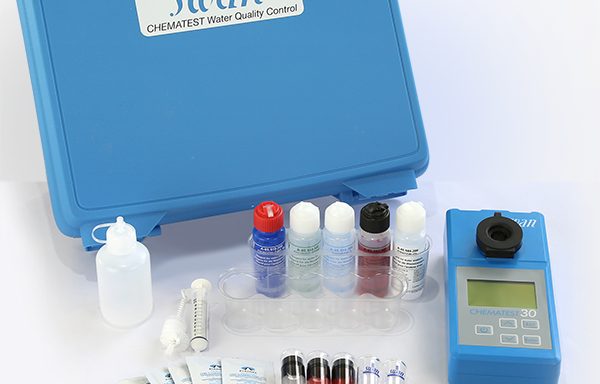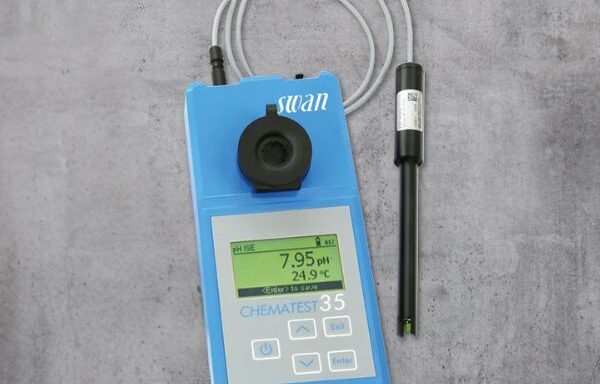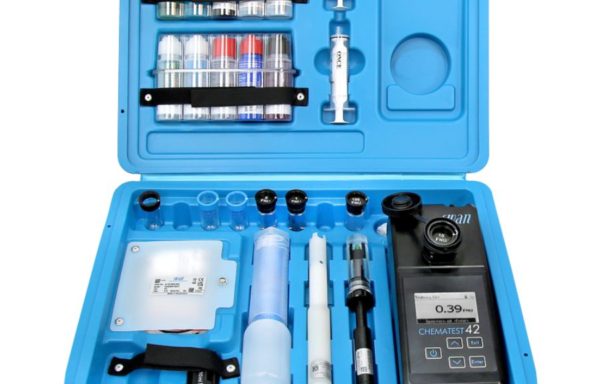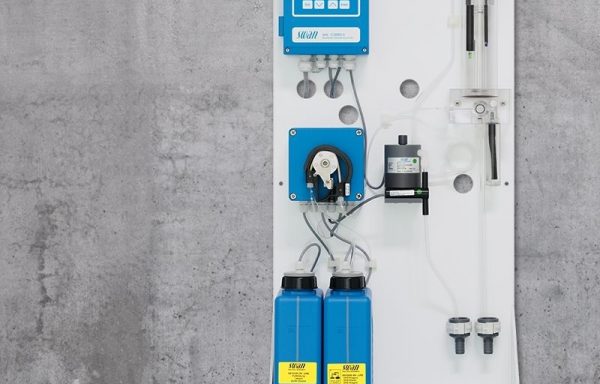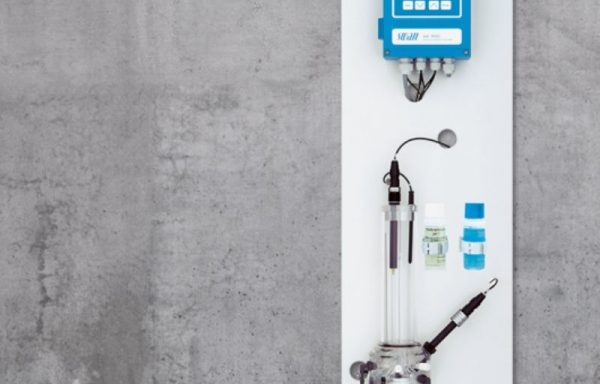What is Chlorine Dioxide?
Chlorine dioxide (ClO2) is a chemical compound consisting of one chlorine atom and two oxygen atoms. It is recognised for its distinctive yellowish-green gas at room temperature, which can dissolve in water to form a solution. Unlike elemental chlorine, chlorine dioxide does not hydrolyze in water but remains a dissolved gas, making it a potent oxidising agent. This property enables chlorine dioxide to act as an effective disinfectant and biocide, capable of destroying a wide range of pathogens including bacteria, viruses, and protozoa without forming chlorinated by-products. It is widely used in various applications such as the treatment of drinking water, bleaching in paper manufacturing, and the sanitation of industrial and medical facilities.
Monitoring Chlorine Dioxide in Water
Monitoring chlorine dioxide (ClO2) levels in water treatment systems is crucial for ensuring the safety and effectiveness of disinfection processes. As a powerful disinfectant, chlorine dioxide is used to eliminate pathogens without forming harmful by-products. Regulatory guidelines necessitate routine checks of ClO2 concentrations to keep them within safe limits for human consumption. Advances in technology have led to the development of precise monitoring tools, such as polarographic sensors, which provide real-time data on ClO2 levels. This allows for the maintenance of optimal disinfection while ensuring compliance with health standards. Effective monitoring of chlorine dioxide is key to delivering safe, high-quality drinking water and safeguarding public health.
Online Chlorine Dioxide Analysers

